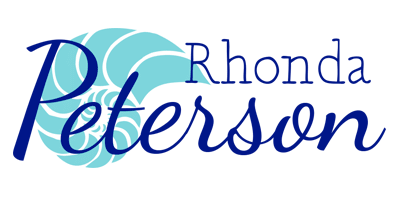Communication is a critical skill in life and in business, at all levels. If you can't communicate as a leader, you're going to be in big trouble. You must communicate to those you’re leading in order to accomplish your organization’s goals. Knowing what they need, where they are and where they're being led is necessary to keep everybody on the same page and going in the same direction.
We all can get better when it comes to communication. It’s a skill we should always be working on and improving. It starts with knowing your audience and ensuring your communication is about them rather than yourself. Share your message in a way that ensures they can hear and respond to you. Like writing, speaking needs to be clear, compelling, and concise. If you start by answering the three questions below, you’ll have what you need to frame the communication so it accomplishes the intended goal.
- What does the audience want from me? It’s easy to go into a communication focused on what you believe the audience needs. Instead, think about what the individual or group wants from you. The key is to give them what they want before you get to what you think they need. They're not going to listen to what you think they need unless you've given them what they want.
- What is the purpose of the communication? There’s a goal involved in every communication. Are you informing people? Selling? Supporting? Influencing? Training? How can you frame the communication in a way that your audience needs and that helps them accomplish the goal?
- How is the medium of communication impacting your delivery? Are you sending an email? Doing a video? On a podcast for an interview? In a Zoom meeting, for example, you can watch reactions and pick up on non-verbal cues. When conducting a webinar, you generally don't know what anybody else is doing out there in the audience. A two-way communication is much easier for most of us. It gives us a valuable opportunity to approach the communication as a conversation, rather than a lecture. You can ask questions and allow white space for responses and an organic development of what’s beneficial, not what's expected.
With these details in mind, you can frame your communication to address what your audience wants and needs in a way that is supported by the medium and helps them accomplish the intended goal. If you find that you’re not getting through to your audience, circle back to these questions and evaluate where you’ve been to get to this point and what may have caused confusion.
As a leader, your role is to see the bigger picture and communicate it to all your audiences. You are not the doer. The goal is to have others execute and accomplish what needs to be done. Effective communication is necessary to be able to hand off those things that you're not supposed to be doing and ensure that all team members are in alignment and moving forward toward the goal together.
Rhonda Peterson has been working with business executives and owners since 2010 to help them uncover and lean into their strengths and own their leadership roles. Through her executive coaching, leaders gain clarity and are equipped with the skills to build strong teams and grow profitability. Rhonda also uses her signature interactive approach to empower groups as a speaker and workshop facilitator. Participants leave with the knowledge and motivation to focus their energy, do their best work and have a greater impact in their organization and life. To ensure you don’t miss future articles and tips, sign up to have Rhonda’s monthly newsletter delivered directly to your inbox!

